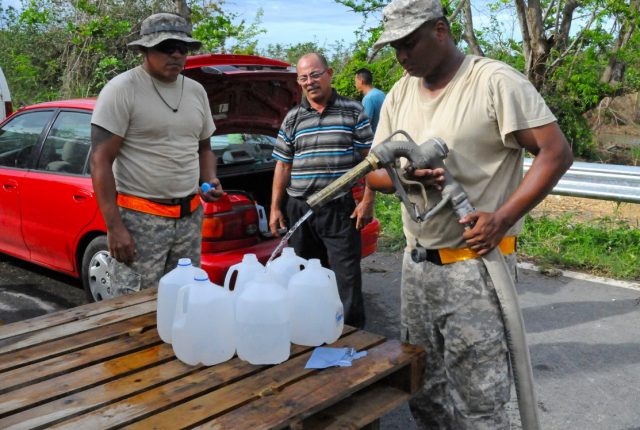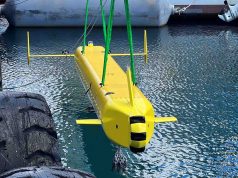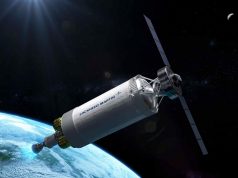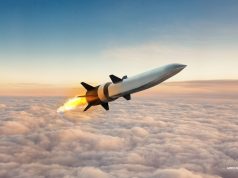The US Defense Advanced Research Projects Agency (DARPA) has selected five companies that are expected to help the agency develop technology to capture potable water from the air in quantities sufficient to meet critical Pentagon needs, even in extremely dry climates.
The companies that will work on the project are GE Research, Physical Sciences Inc., Honeywell International Inc., Massachusetts Institute of Technology, and University of Texas at Austin. They will be joined the US Naval Research Laboratory who will also be working on next-generation, scalable sorbent materials and prototypes under DARPA’s Atmospheric Water Extraction (AWE) program.
The goal of the AWE program is to provide fresh water for a range of military, stabilization, and humanitarian needs through the development of small, lightweight, low-powered, distributable systems that extract moisture from the atmosphere.
The Pentagon research agency said it was open to various approaches, with an emphasis on advanced sorbents that can rapidly extract water from ambient air and release it quickly with minimal energy inputs. These sorbent materials offer potential solutions to the AWE challenge, provided they can be produced at the necessary scale and remain stable over thousands of extraction cycles. In addition to developing new sorbents, AWE researchers will need to engineer systems to optimize their suitability for highly mobile forces by substantially reducing the size, weight, and power requirements compared to existing technologies.
“Access to clean water is of critical importance to the warfighter, and current water distribution operations incur numerous financial, maintenance, and logistical challenges,” noted Dr. Seth Cohen, AWE program manager. “The selected AWE program performers are being asked to leverage advanced modeling, innovative engineering, and additive manufacturing methods to support the program, which in turn will help maintain combat readiness, reduce casualties and cost due to water transportation, and enhance humanitarian and disaster relief efforts.”
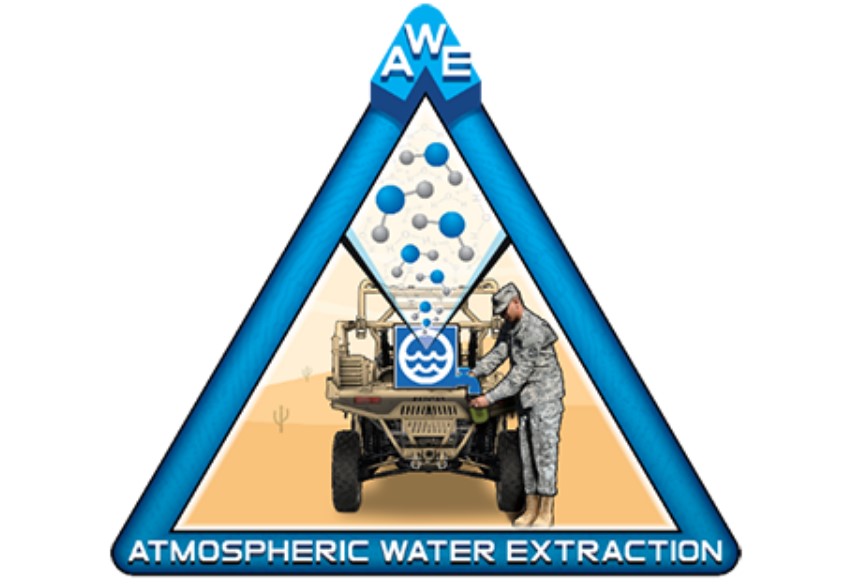
AWE will address water needs in two tracks: expeditionary and stabilization. The expeditionary unit will seek to provide sufficient drinking water for an individual warfighter, with size, weight, and power (SWaP) parameters restricted by the need for portability and operation in austere environments. The stabilization device should provide the daily drinking needs for up to ~150 people (i.e., a company or humanitarian mission), with SWaP requirements tailored to resources available to missions of that scale.
The AWE program team is currently working with government and industry stakeholders – including the US Army Futures Command, Capability Development Integration Directorate (CDID), Product Manager for Petroleum and Water Systems (PdM PAWS), United States Special Operations Command, United States Air Force, Air Force Research Laboratory, Marine Corps Warfighting Lab, Marine Corps Engineer School, NEXLOG, and Imagine H2O – to serve as potential transition partners.
“With the help of these skilled teams, we are confident we will be able to meet the groundbreaking goals outlined for the AWE program, and help provide much-needed solutions to the DoD’s water supply and distribution challenges,” added Cohen.

















